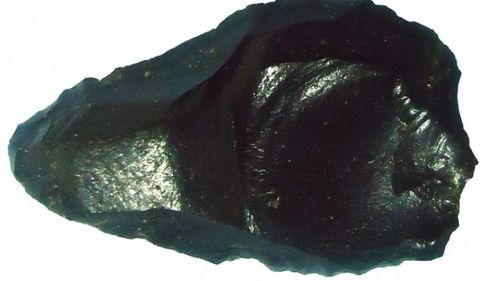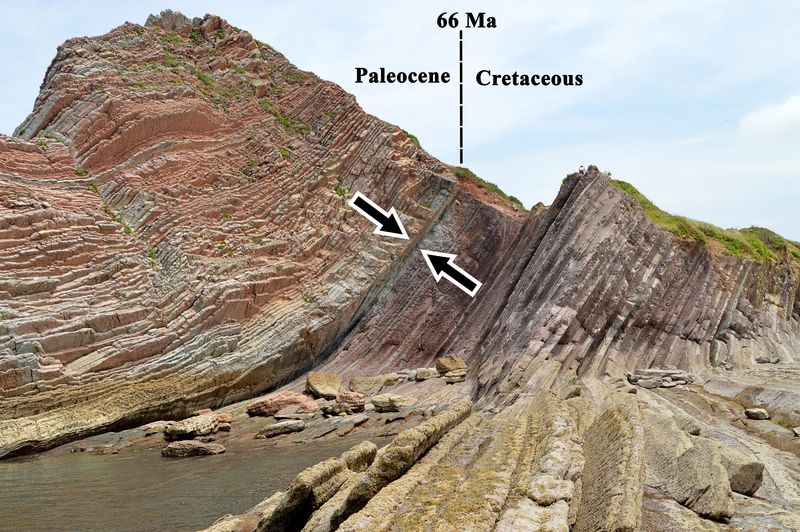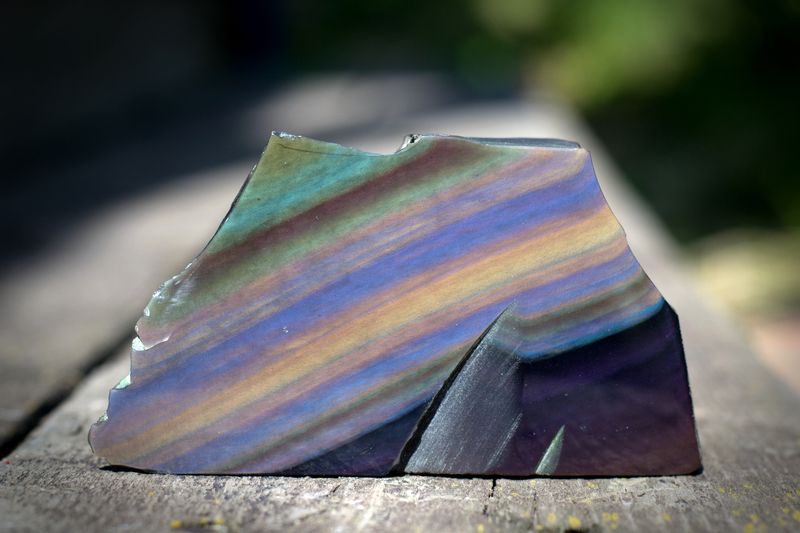A stone-tipped spear has been discovered - and it appears to be 85,000 years older than our entire species. This could mean that Homo sapiens evolved earlier than we first thought or humans and Neanderthals weren’t the first ones to use stone-tipped spears. Either way, the implications are huge. This announcement comes from lead author Yonatan Sahle from the Human Evolution Center at the University of California Berkeley and was published in PLoS ONE.
The obsidian spear tip was discovered in Gademotta, a fossil site in Ethiopia that represents the Middle Stone Age. It has been dated as about 280,000 years old, which predates all Homo sapien fossils by about 85,000 years. While it is possible that there are earlier human fossils out there that haven’t been discovered, that is not the most likely scenario. Instead, our predecessor probably crafted the spear tips.
Homo heidelbergensis lived from about 700,000-200,000 years ago and may be the direct ancestor of modern humans and was probably the one to develop the spear. There are a number of factors that may have contributed to this. The H. heidelbergensis population in this area would have had access to large amounts of obsidian, which is relatively easy to work with. Also, the population here might have been larger which would allow for more collaboration an innovation.
If H. heidelbergensis is behind the stone-tipped spear, that would change what we know about hominin evolution because it would show that anatomical changes, particularly of the skull, are not necessary for incredible technological advances such as this. It has already been known that they used wooden spears over 400,000 years ago, so adding a stone tip might not have been too much of a stretch.
This innovation would have given a distinct advantage to the hunter, who could inflict more damage. Moreover, it is believed that the spear was thrown, not used as a stabbing mechanism. The ability to create distance between the hunter and the prey would have been another advantage. There are several animal remains near the area where the spear tips were discovered. Researchers have not been able to determine the identity yet, so it is unclear what animals were the prey of the very first stone spears.




